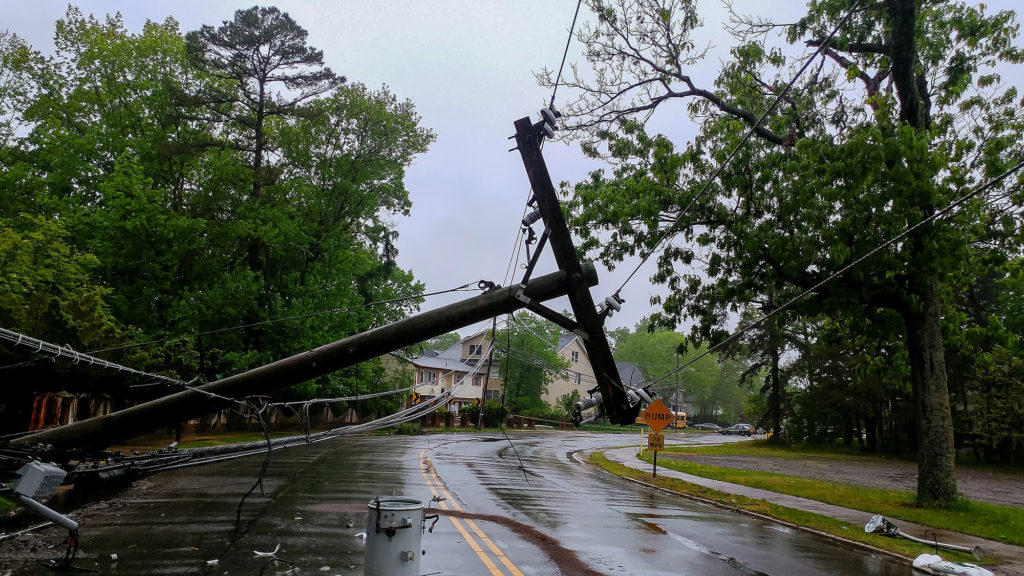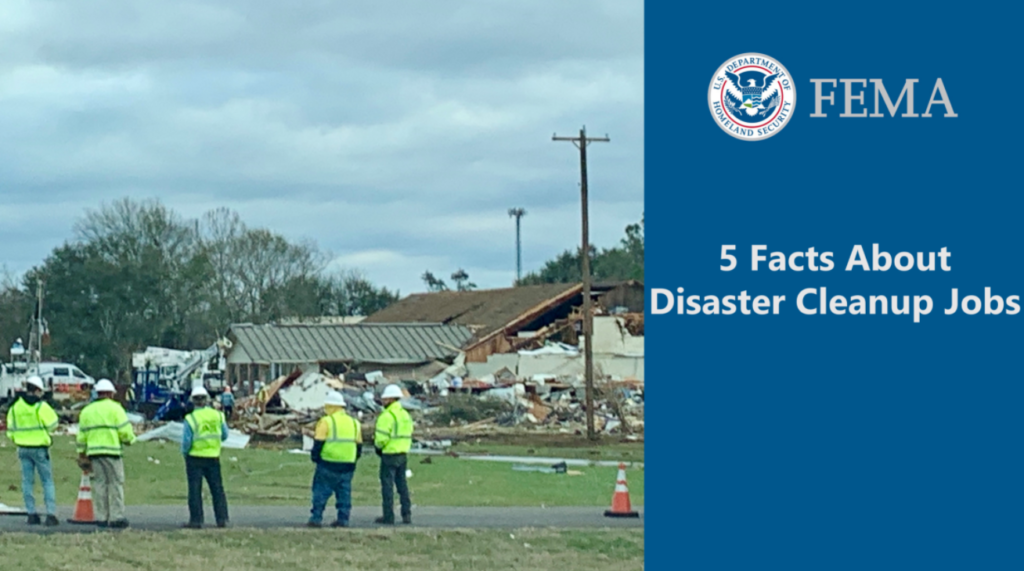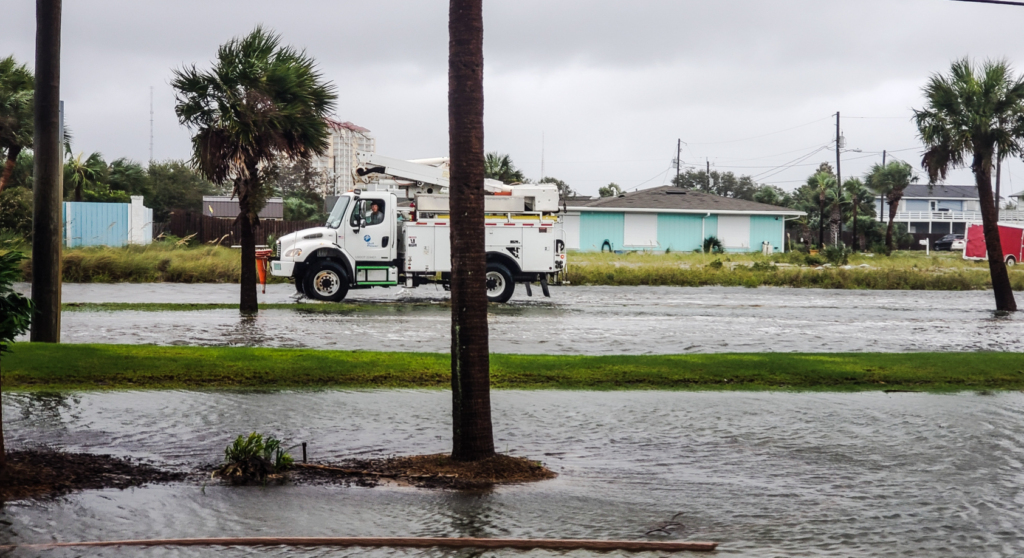
The Federal Emergency Management Agency provides relief services for a variety of natural disasters and other serious issues, including providing services during the Covid-19 pandemic. While FEMA disaster jobs can be a lucrative option for government contractors, those aren’t the only types of FEMA jobs available.
Getting Started With Government Contracting & FEMA
In order to bid on FEMA jobs, your first step will be to register with the System for Award Management (SAM). This is the central database for all government contractors, and you cannot work with any federal agency, as well as some state and county agencies, without completing your SAM registration.
At Federal Contractor Registry, we complete hundreds of SAM registration each year for companies of all sizes, ranging from small businesses to Fortune 500 firms. Many companies hire us to complete their SAM registration to avoid the time and hassle of SAM registration.
The government does not charge a fee for SAM registration, but third-party registration services, such as Federal Contractor Registry, do charge a fee for this service. This is similar to hiring an accountant to handle your taxes. You could do your taxes on your own, but the tax code is complicated, and errors are costly, so it just makes sense to hire a professional.
SAM registration also is quite complicated and can take business owners ten or more hours to complete. If you make any mistakes on the application, this can delay your approval and prevent you from bidding on FEMA jobs or jobs with any other agency. It can simply be easier to let our team handle your SAM registration and we include some helpful extras in our pricing that other registration sites don’t provide, including:
- We can help you procure the new SAM Unique Entity ID
- We can help with the SAM Notarized Letter requirement
- We can help with SBA Registration
- We introduce Super 8a Contractors to other Federal Contractors in the FCR Network
FEMA Jobs: What Is Available?
The next step will be to determine if your goods or services are needed by FEMA. Keep in mind, however, even if there aren’t any current FEMA jobs that match, there are hundreds of federal agencies as well as state agencies and all of these entities purchase their goods and services from the private sector.
To check out some of the current FEMA jobs, you can head to SAM.gov and click on the Contract Opportunities tab. From there, we recommend clicking on the Advanced Search option and searching under the Federal Organizations section. For FEMA, you can type in “FEMA” or use its code “7022.” This will provide you with a list of available FEMA jobs and you can browse the search results to see if you find a match.
You also can search using multiple parameters and it can be easy to search using Federal Organizations as well as your North American Industry Classification System (NAICS) codes. Each code pertains to a specific type of goods or service a company can provide. We can look for your codes during the SAM registration process or you can head to Census.gov and look up your codes on your own.
For instance, if you search for FEMA jobs that pertain to security guard services, you will input FEMA under the Federal Organizations section and use the NAICS code of 561612, which pertains to Security Guards and Patrol Services. A recent search for this service pulled up 11 results, but the number of jobs will change throughout the year based upon FEMA’s needs.
But, again, if you are interested in government contracting jobs, think beyond FEMA jobs. For this same search, when we removed the “FEMA” parameter and searched throughout the entire database, more than 300 government contract jobs were listed. If you can provide goods and services to the government, FEMA is just one of many choices.
Typically, we recommend, in general, using your NAICS codes to search for contracting opportunities on SAM.gov as this will pull the results that most closely match what you can provide. You also can add a location parameter to your search if you prefer to work within a specific geographic area.
Other FEMA Options
FEMA doesn’t just jump into action after a disaster, it also stockpiles goods and service providers to prepare for disaster relief operations. FEMA advance contracts are special contracts that are awarded before a disaster occurs so that FEMA has affordable, easily accessible options for services and supplies. So, some of the FEMA advance contracts you will find aren’t for current jobs, but jobs that may occur if disasters occur.
Additionally, some of the advance contracts will take the form of FEMA stockpiling certain items such as:
- Infant Products
- Plastic Tarps
- Blankets
- Hygiene Kits
- Water (including bottled water)
- Meals
- Mobile Homes
- Medical Equipment & Medical Supplies
- Generators
- Cots & Beds
- Office Supplies & Leased Copiers
- Portable Toilets
- Power Tools
These are just a few of the items that FEMA might need in addition to contracts for debris removal, security fencing, repair services and much more. Again, other agencies, such as state emergency response agencies and the U.S. Army Corps of Engineers also might need some of these supplies in the form of advance contracts.
FEMA Jobs For Small Businesses
The government sets aside a portion of all contracting dollars specifically for small businesses. This is why all small business owners need to complete their Small Business Administration (SBA) registration along with their SAM registration, and we will help you with SBA as well as SAM.
The SBA has a variety of programs to help small business owners. This is especially true if you are a member of a historically disadvantaged group or a veteran (or both). The SBA has set-asides for a Woman-Owned Small Business (WOSB), Economically-Disadvantaged, Woman-Owned Small Business (EDWOSB), Service-Disabled Veteran-Owned Small Business and several others.
Small businesses can, of course, work with just about any federal agency, but FEMA jobs can be advantageous because FEMA often has to act quickly and award contracts quickly so that they can provide disaster relief in a timely fashion. Again, we also recommend that you look into contracting with your state’s emergency management agency, as well as searching for FEMA jobs.
Get Started Today!
No matter what types of FEMA jobs you might want to pursue, you will need to complete your SAM registration. If you want to get started as a federal contractor, we can complete your SAM registration quickly and accurately. Just click on the green New Registration tab on our home page and fill out our quick contact form and a registration specialist will be in touch with you as quickly as possible.


